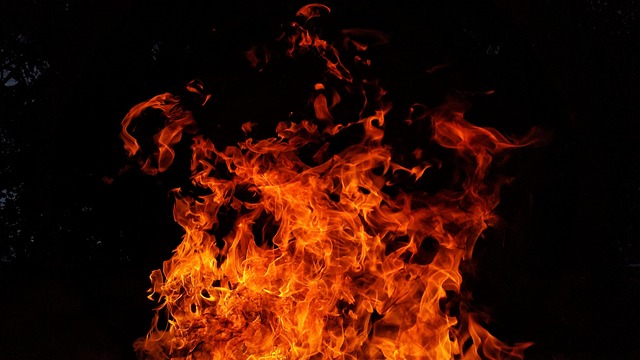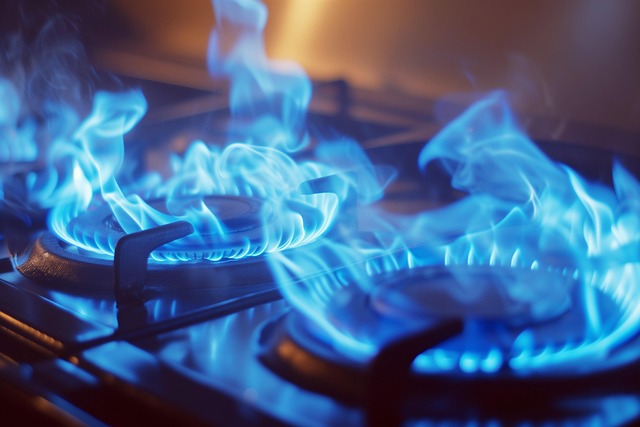Fire damage restoration in California involves a multi-step process crucial for homeowners looking to sell their properties, including assessment, documentation, understanding insurance and legal aspects, prioritizing repairs, marketing, and honest disclosures. By following these steps, homeowners can maximize their property's resale value after fire damage through professional restoration and effective marketing strategies. For California residents facing fire damage, understanding this process is key when considering "how do I sell my home due to fire damage California."
After a fire, restoring your California home is a challenging yet essential process. This article guides you through the intricate journey of fire damage restoration, from understanding the initial steps to navigating legal and insurance aspects. We explore effective strategies to assess and maximize your property’s resale value post-fire. Discover how to transform your home from a damaged state into a desirable residence once again, ensuring a smooth transition in the California real estate market. Learn the key considerations for selling your home due to fire damage.
- Understanding Fire Damage Restoration Process
- Assessing Your Home's Fire Damage in California
- Legal and Insurance Considerations for Selling
- Strategies to Maximize Your Home's Resale Value After Fire Damage
Understanding Fire Damage Restoration Process

Fire damage can be devastating, but understanding the restoration process is crucial for homeowners in California considering selling their properties. The first step is assessing the extent of the damage. Professionals will inspect your home to identify charred areas, structural integrity issues, and potential health hazards like smoke and soot residue. This detailed evaluation helps determine which items can be salvaged and restored versus those that need replacing.
Once the assessment is complete, restoration begins. This involves several stages: cleaning and decontaminating affected areas to remove any hazardous remnants; repairing or replacing structural elements; restoring surfaces like walls, floors, and ceilings; and repolishing or refurnishing to return your home to its pre-fire condition. Throughout this process, professionals prioritize safety and use advanced techniques and equipment to ensure the effectiveness of restoration efforts. For California homeowners considering selling due to fire damage, understanding these steps is key to making informed decisions about their property’s future.
Assessing Your Home's Fire Damage in California

After a fire, assessing your home’s damage is crucial before considering how do i sell my home due to fire damage California. The first step is to ensure safety by evacuating the premises if necessary and securing the site to prevent further harm. Once safe, inspect for structural integrity, looking out for signs of charring, melting, or collapse risks. Check for water damage as well, since fires often lead to broken pipes and leaking roofs.
Documenting the damage is key for insurance claims and potential future sales. Take detailed photos and videos of affected areas, noting the extent of burn patterns, water stains, and any structural issues. This visual record will be invaluable when it comes to understanding the scope of repairs needed or when answering questions from prospective buyers who might wonder about the home’s history in relation to fire damage in California.
Legal and Insurance Considerations for Selling

When dealing with fire damage in your California home, one of the crucial steps in the restoration process is considering legal and insurance aspects if you plan to sell. The first step is to assess the extent of the damage. Documenting the loss thoroughly is essential; this includes taking photos and creating an inventory of damaged or lost items. This comprehensive record will be vital when filing an insurance claim, which is a critical component in the restoration and potential sale of your home.
California laws protect homeowners during such situations. Insurance companies are required to provide prompt settlements for valid claims. Understanding your policy coverage, deductibles, and the claims process is essential knowledge for any homeowner facing fire damage. Additionally, be aware of the legal rights and responsibilities outlined in the Insurance Information Institute’s guidelines when selling a damaged property.
Strategies to Maximize Your Home's Resale Value After Fire Damage

After a fire, homeowners in California often wonder how they can maximize their home’s resale value during the restoration process. The key lies in thorough and professional damage repair and effective marketing strategies. First, address structural repairs immediately to ensure safety and stability. Then, focus on meticulous cleaning and rebuilding efforts, replacing damaged materials with high-quality, fire-resistant alternatives. This step is crucial for potential buyers who may be reluctant to purchase a home with remnants of smoke or unsanitary conditions.
When preparing to sell, highlight the successful restoration process in your marketing materials. Professional photography and honest disclosures about the fire damage history can mitigate concerns. Emphasize any upgrades or improvements made during renovation, such as modern fixtures, enhanced insulation, or improved ventilation systems. Additionally, consider staging the home to create an inviting atmosphere, potentially attracting buyers seeking a fresh start in a well-restored residence.
Fire damage can be devastating, but understanding the restoration process and taking proactive steps can help homeowners navigate the challenges of selling their property in California. By assessing the damage thoroughly, considering legal and insurance aspects, and implementing strategies to maximize resale value, you can transform your home into a desirable asset once again. Remember, with the right approach, even fire-damaged properties can find new life and new owners in today’s market.






